Home>Gardening & Outdoor>Pool & Spa Care>How Often Should You Clean Hot Tub Filters
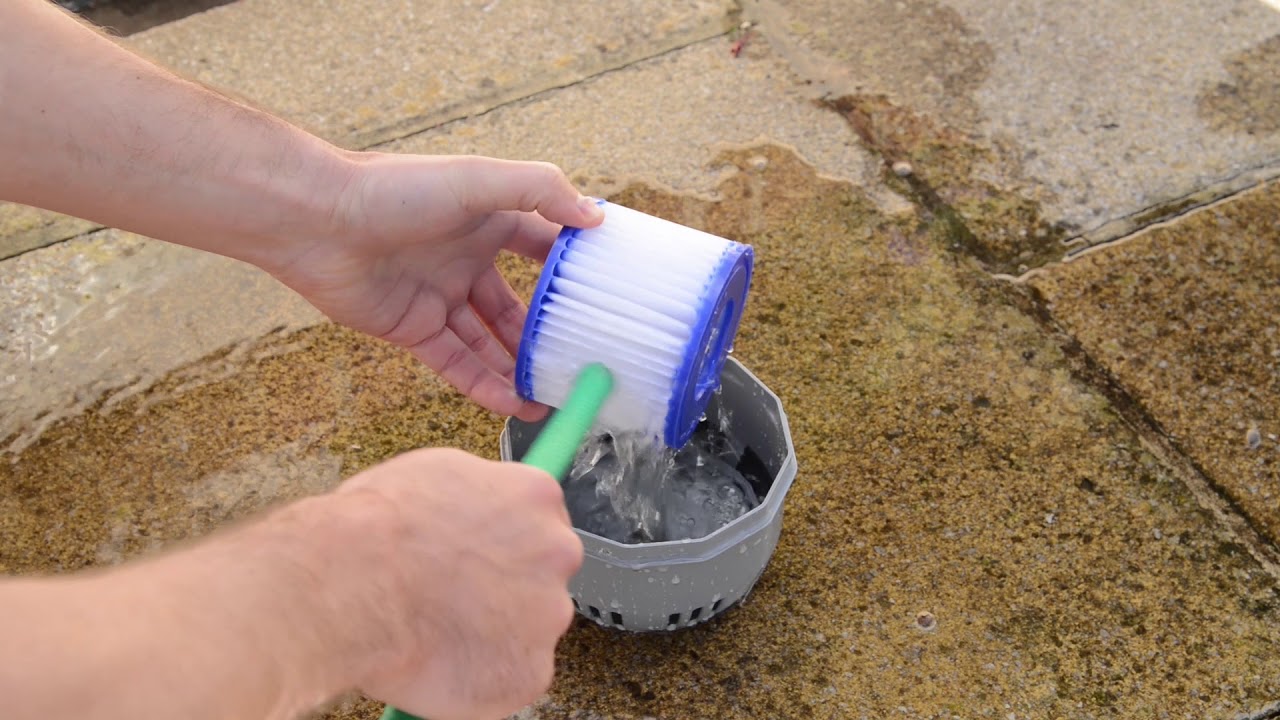

Pool & Spa Care
How Often Should You Clean Hot Tub Filters
Modified: January 3, 2024
Learn the ideal frequency for cleaning hot tub filters to maintain optimal pool and spa care. Discover expert tips for filter maintenance.
(Many of the links in this article redirect to a specific reviewed product. Your purchase of these products through affiliate links helps to generate commission for Storables.com, at no extra cost. Learn more)
**
Introduction
**
Owning a hot tub is a luxurious and enjoyable experience, offering relaxation and therapeutic benefits. However, to maintain a clean and healthy hot tub environment, regular maintenance is essential. One crucial aspect of hot tub maintenance is the cleaning of the filters. The filters play a vital role in keeping the water clear and free from debris, ensuring a safe and enjoyable soaking experience. In this article, we will delve into the importance of cleaning hot tub filters, the factors that influence the frequency of filter cleaning, general cleaning guidelines, and signs that indicate when it's time to clean your hot tub filter. Understanding these aspects will empower hot tub owners to effectively maintain their filters, ensuring optimal performance and a pristine soaking environment.
Key Takeaways:
- Regularly cleaning hot tub filters is crucial for keeping the water clean, preventing health hazards, and saving on energy costs. It ensures a safe and enjoyable soaking experience for hot tub enthusiasts.
- Signs like cloudy water, decreased water flow, and foul odors indicate the need for hot tub filter cleaning. Proactive maintenance ensures a consistently clean and inviting hot tub environment for maximum enjoyment.
Read more: How Often Should You Clean A Hot Tub
Importance of Clean Hot Tub Filters
**Clean hot tub filters are essential for maintaining a hygienic and enjoyable soaking experience. The filters are responsible for trapping dirt, debris, oils, and other impurities, preventing them from circulating in the water. Without clean filters, these contaminants can accumulate, leading to cloudy water, unpleasant odors, and potential health hazards. Additionally, clogged filters strain the hot tub’s pump and heating system, reducing their efficiency and potentially causing costly damage. By ensuring that the filters remain clean, hot tub owners can prolong the lifespan of their equipment and enjoy crystal-clear, inviting water.
Regular filter maintenance is crucial for preserving water quality and preventing the growth of harmful bacteria and algae. Clean filters facilitate proper water circulation and filtration, minimizing the risk of skin irritation and infections. Moreover, maintaining clean filters is a fundamental step in adhering to hygiene standards and ensuring a safe and healthy hot tub environment for all users.
Furthermore, clean filters contribute to the overall performance of the hot tub, optimizing its energy efficiency and reducing operational costs. When the filters are free from debris and contaminants, the hot tub’s pump and heating system can operate smoothly, consuming less energy and promoting sustainable usage. This not only benefits the environment but also translates to cost savings for hot tub owners.
In essence, clean hot tub filters are indispensable for preserving water quality, safeguarding user health, maintaining equipment longevity, and promoting energy efficiency. By recognizing the significance of clean filters, hot tub enthusiasts can prioritize regular filter maintenance as an integral part of their overall hot tub care routine.
Factors Affecting Filter Cleaning Frequency
Several factors influence the frequency at which hot tub filters should be cleaned. Understanding these variables is crucial for determining an appropriate maintenance schedule and ensuring optimal filter performance.
- Frequency of Hot Tub Use: The more frequently the hot tub is used, the quicker the filters will accumulate debris and contaminants. Regular use necessitates more frequent filter cleaning to maintain water clarity and hygiene.
- Environmental Conditions: The surrounding environment can significantly impact filter cleanliness. Hot tubs located near trees, shrubs, or in dusty areas are more susceptible to debris accumulation. Additionally, windy conditions can introduce airborne particles into the water, affecting filter performance.
- User Habits: User behavior, such as the use of lotions, oils, or cosmetics before entering the hot tub, can influence filter cleanliness. These substances can clog the filters, necessitating more frequent cleaning.
- Water Quality: The quality of the water itself plays a role in filter maintenance. Hard water with high mineral content can lead to scale buildup on the filters, while soft water may result in increased foaming, both of which require regular filter cleaning.
- Filter Type: Different filter types, such as cartridge filters, sand filters, or diatomaceous earth (DE) filters, have varying cleaning requirements. Understanding the specific maintenance needs of the filter type installed in the hot tub is essential for determining the cleaning frequency.
By considering these factors, hot tub owners can tailor their filter cleaning schedule to suit their specific usage patterns, environmental conditions, and water quality. Regular assessment of these variables will enable proactive filter maintenance, promoting a consistently clean and inviting hot tub environment.
Clean your hot tub filters every 2-4 weeks to maintain water quality and prevent clogs. If you use your hot tub frequently, consider cleaning them more often.
General Cleaning Guidelines
Maintaining clean hot tub filters involves following specific guidelines to ensure thorough and effective cleaning. By adhering to these general cleaning principles, hot tub owners can uphold water quality and prolong the lifespan of their filters.
- Regular Inspection: Routinely inspect the filters for debris accumulation and signs of wear. Identifying potential issues early allows for timely intervention and prevents extensive damage to the filters.
- Scheduled Cleaning: Establish a regular cleaning schedule based on factors such as hot tub usage, environmental conditions, and water quality. Consistent and proactive filter maintenance is key to preserving water clarity and equipment performance.
- Proper Technique: When cleaning the filters, follow the manufacturer’s instructions and use recommended cleaning solutions. Avoid using harsh chemicals or high-pressure water, as these can damage the filter media and compromise filtration efficiency.
- Thorough Rinsing: After cleaning, thoroughly rinse the filters to remove any residual cleaning agents and loosened debris. Proper rinsing ensures that the filters are free from contaminants and ready for use.
- Rotation of Spare Filters: If the hot tub is equipped with multiple filters, rotate their usage to distribute wear evenly. This practice extends the lifespan of the filters and maintains consistent filtration performance.
- Professional Servicing: Periodically have the filters professionally inspected and cleaned to address any deep-seated debris or issues that may not be resolved through routine maintenance. Professional servicing contributes to the longevity of the filters and ensures thorough cleaning.
Adhering to these general cleaning guidelines promotes efficient filter maintenance and sustains a clean and inviting hot tub environment. By integrating these practices into their regular maintenance routine, hot tub owners can enjoy the benefits of pristine water quality and optimized equipment performance.
Signs That Your Hot Tub Filter Needs Cleaning
Recognizing the signs indicating a need for hot tub filter cleaning is essential for maintaining water quality and preserving equipment functionality. By being attentive to these indicators, hot tub owners can proactively address filter maintenance requirements, ensuring a consistently clean and inviting soaking experience.
- Decreased Water Flow: A noticeable reduction in water flow from the jets indicates potential filter clogging. This impediment to water circulation necessitates filter cleaning to restore optimal flow and filtration efficiency.
- Cloudy Water: If the hot tub water appears cloudy or murky, it is a clear indication of compromised water clarity. Cloudiness often results from inadequate filtration due to clogged filters, prompting the need for thorough cleaning.
- Increased Chemical Usage: Excessive consumption of water treatment chemicals, such as chlorine or bromine, suggests diminished filtration effectiveness. Clean filters are essential for efficient chemical distribution and retention, reducing the need for elevated chemical usage.
- Visible Debris in the Water: The presence of visible debris, such as leaves, hair, or other particles, in the hot tub water signifies filter inadequacy. Cleaning the filters is necessary to remove accumulated debris and restore effective filtration.
- Foul Odors: Unpleasant odors emanating from the hot tub water indicate the presence of contaminants and impurities. Clean filters play a pivotal role in eliminating odors by effectively trapping and removing undesirable substances from the water.
- Increased Pump Strain: If the hot tub’s pump appears to be working harder or producing unusual sounds, it may be a result of clogged filters. Cleaning the filters alleviates strain on the pump, promoting efficient water circulation and pump longevity.
By remaining vigilant for these signs, hot tub owners can promptly address filter cleaning needs, safeguarding water quality and equipment performance. Proactive filter maintenance based on these indicators ensures a consistently clean and inviting hot tub environment, enhancing the overall soaking experience.
Read more: How Often Should I Replace Hot Tub Filter
Conclusion
Regular maintenance of hot tub filters is an indispensable aspect of preserving water quality, ensuring user health and safety, and optimizing equipment performance. By understanding the importance of clean filters, the factors influencing filter cleaning frequency, general cleaning guidelines, and the signs indicating the need for filter maintenance, hot tub owners can effectively uphold a pristine and inviting soaking environment.
Maintaining clean filters not only enhances water clarity and hygiene but also contributes to the longevity of the hot tub’s equipment and promotes energy efficiency. By adhering to a proactive filter maintenance routine and promptly addressing cleaning requirements, hot tub enthusiasts can enjoy the therapeutic benefits of their hot tub while relishing a clean and rejuvenating soaking experience.
Incorporating these insights into their hot tub care regimen empowers owners to take a proactive approach to filter maintenance, ensuring that their hot tub remains a source of relaxation, rejuvenation, and pure enjoyment. By prioritizing regular filter cleaning, hot tub owners can bask in the tranquility of crystal-clear water, knowing that their maintenance efforts contribute to a safe, hygienic, and inviting hot tub environment.
Frequently Asked Questions about How Often Should You Clean Hot Tub Filters
Was this page helpful?
At Storables.com, we guarantee accurate and reliable information. Our content, validated by Expert Board Contributors, is crafted following stringent Editorial Policies. We're committed to providing you with well-researched, expert-backed insights for all your informational needs.
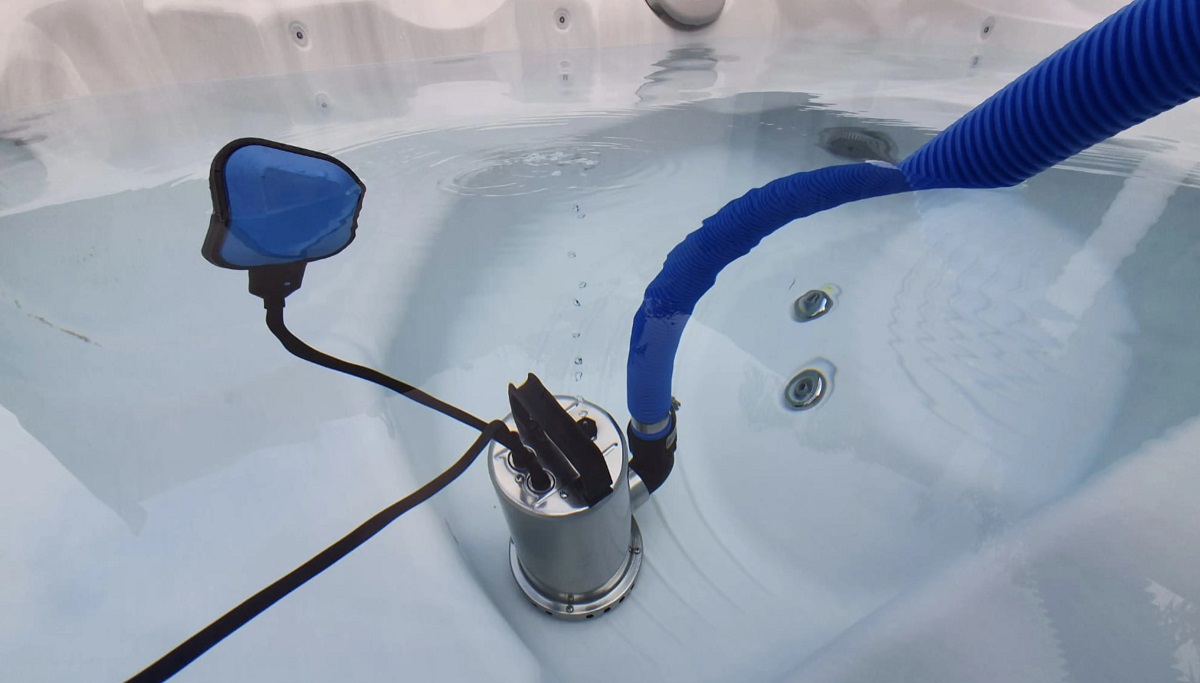
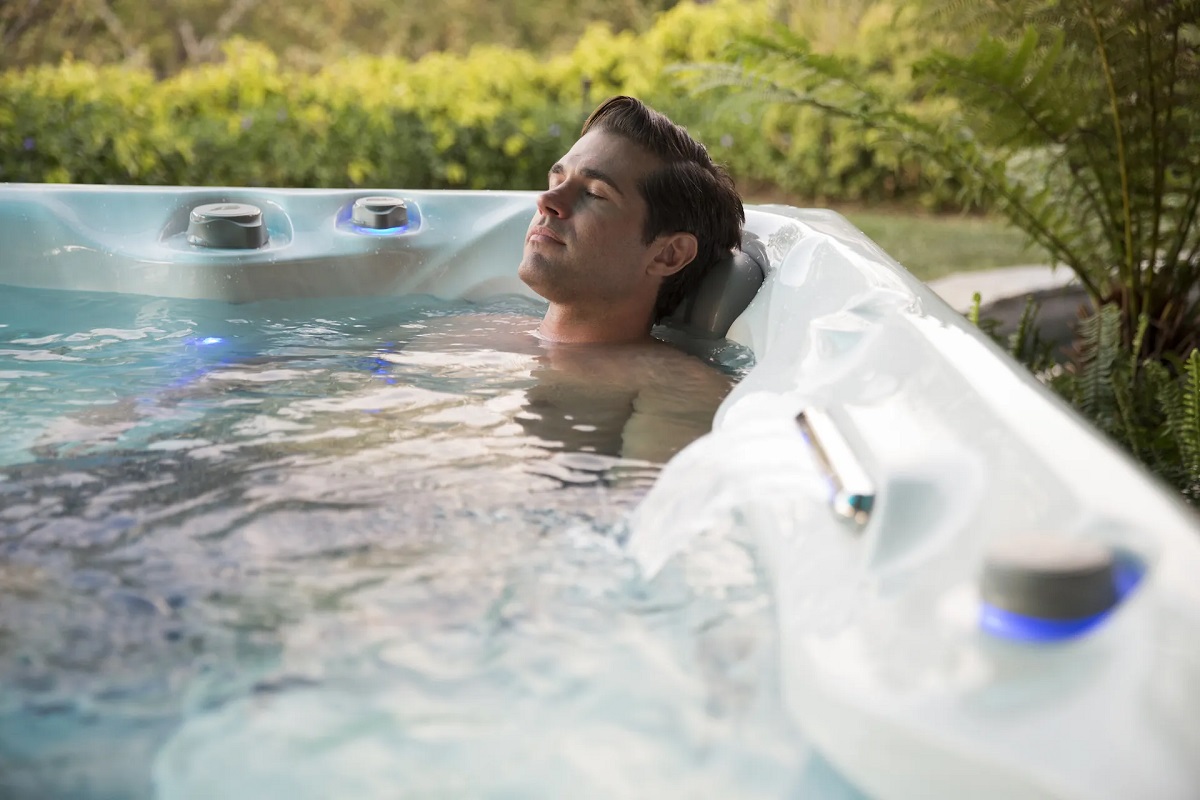
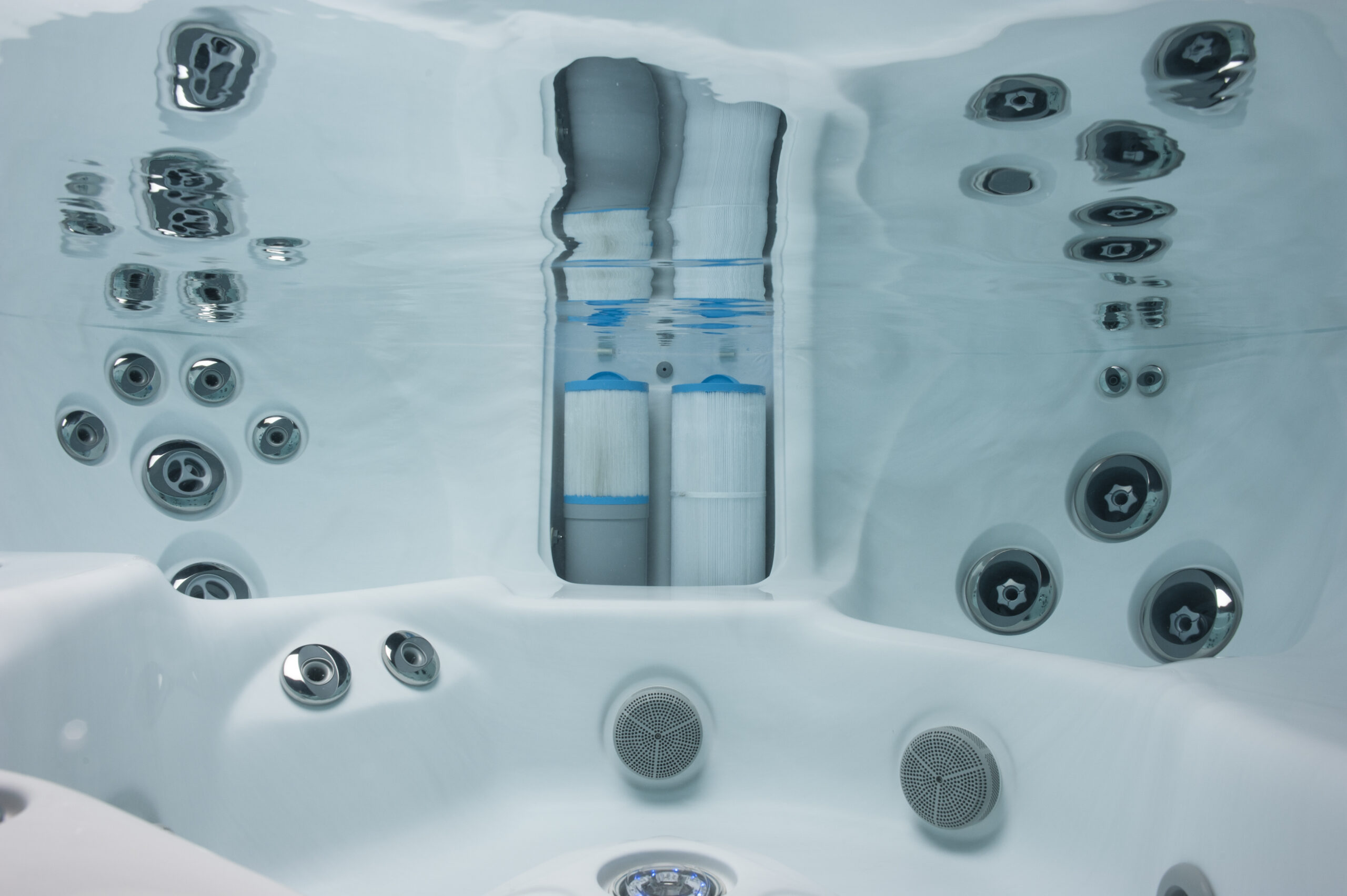
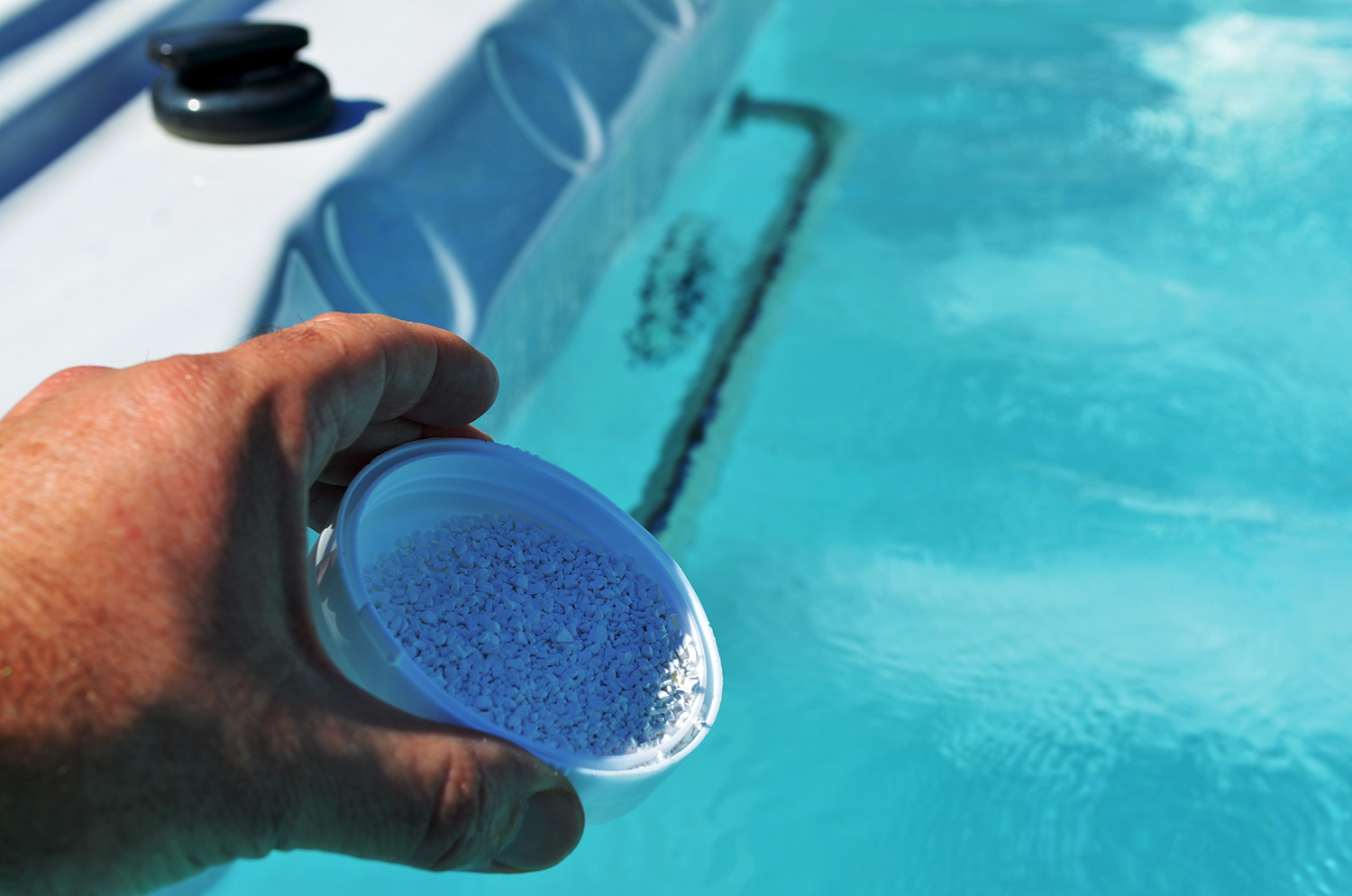
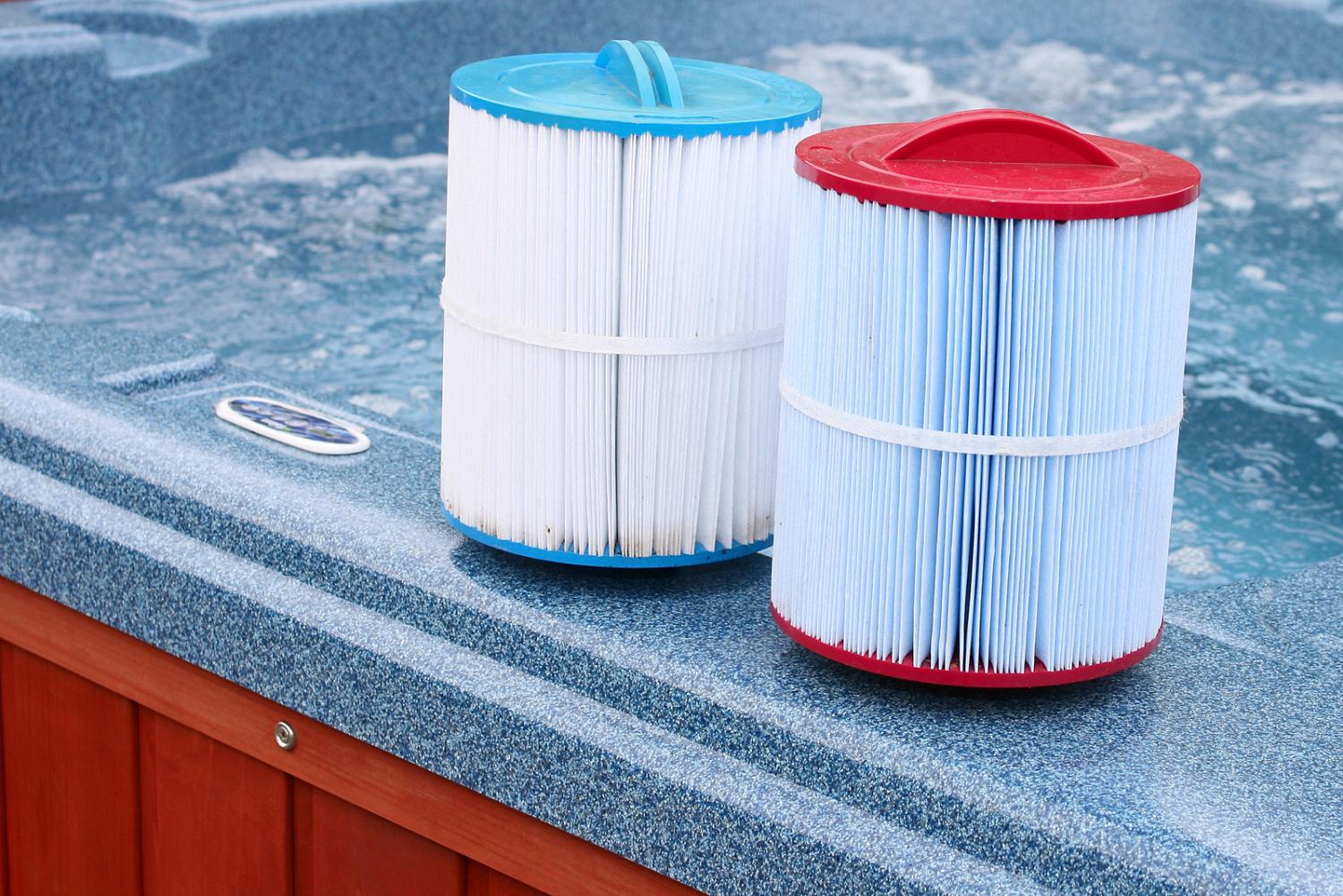
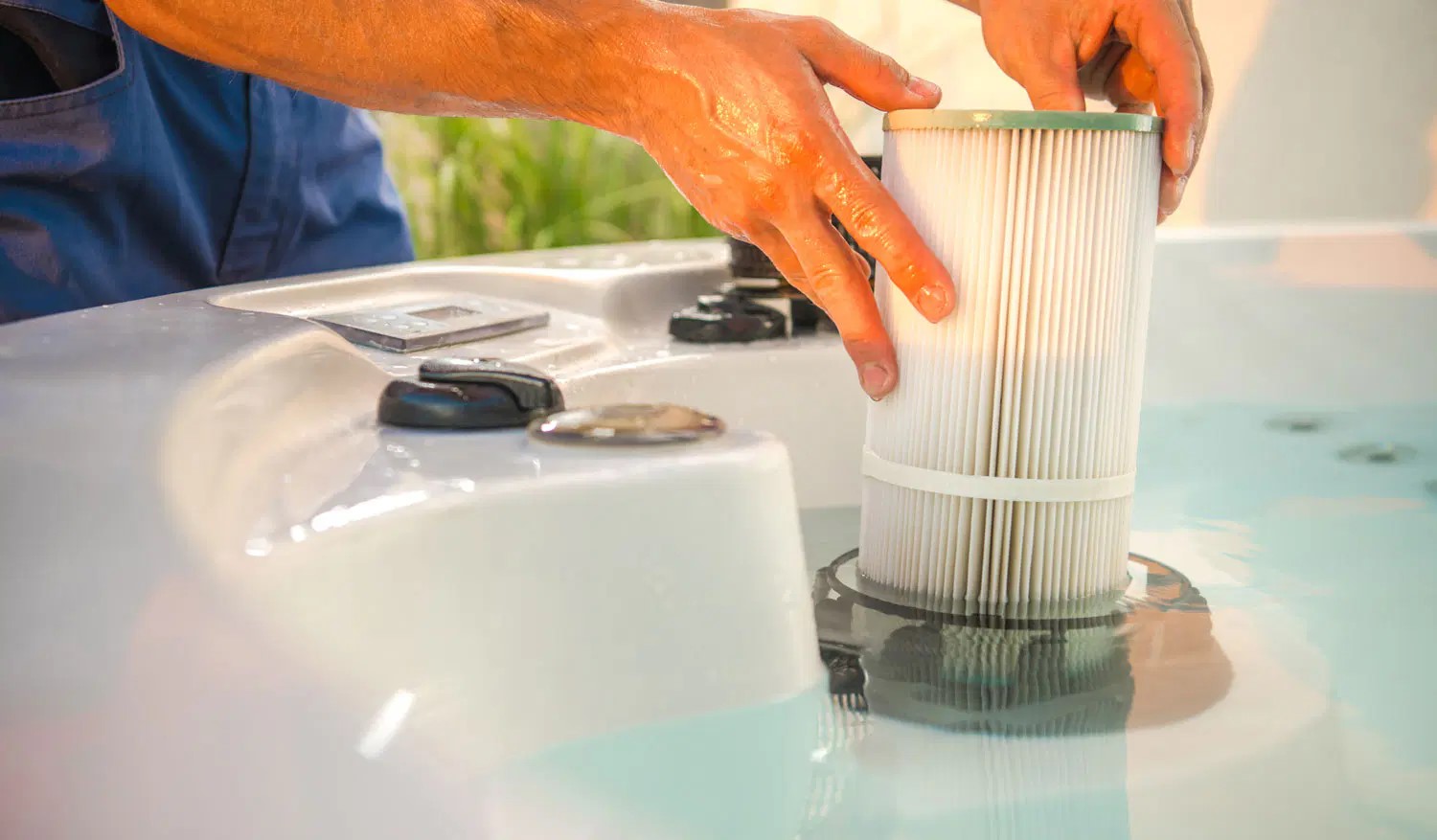
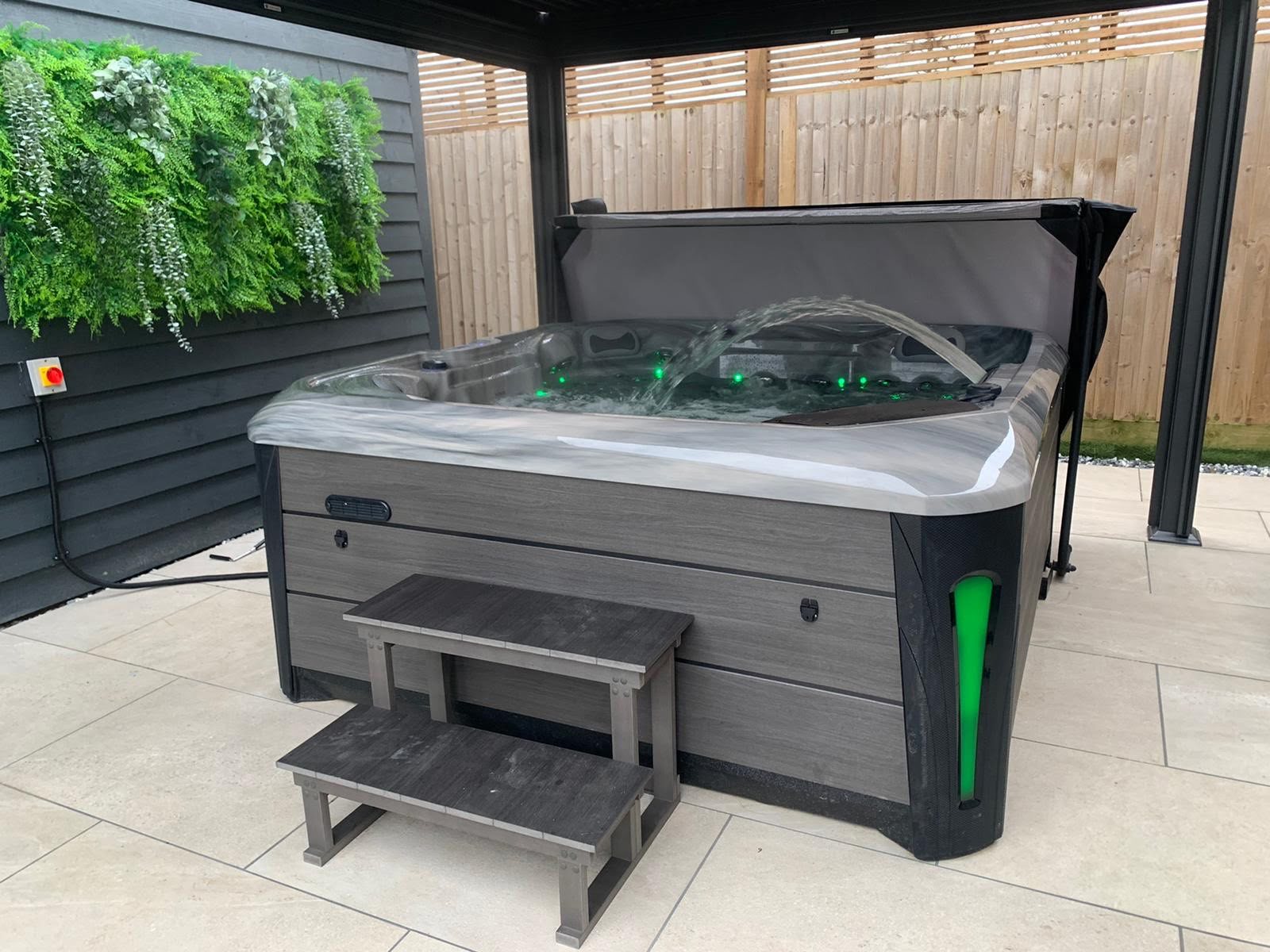
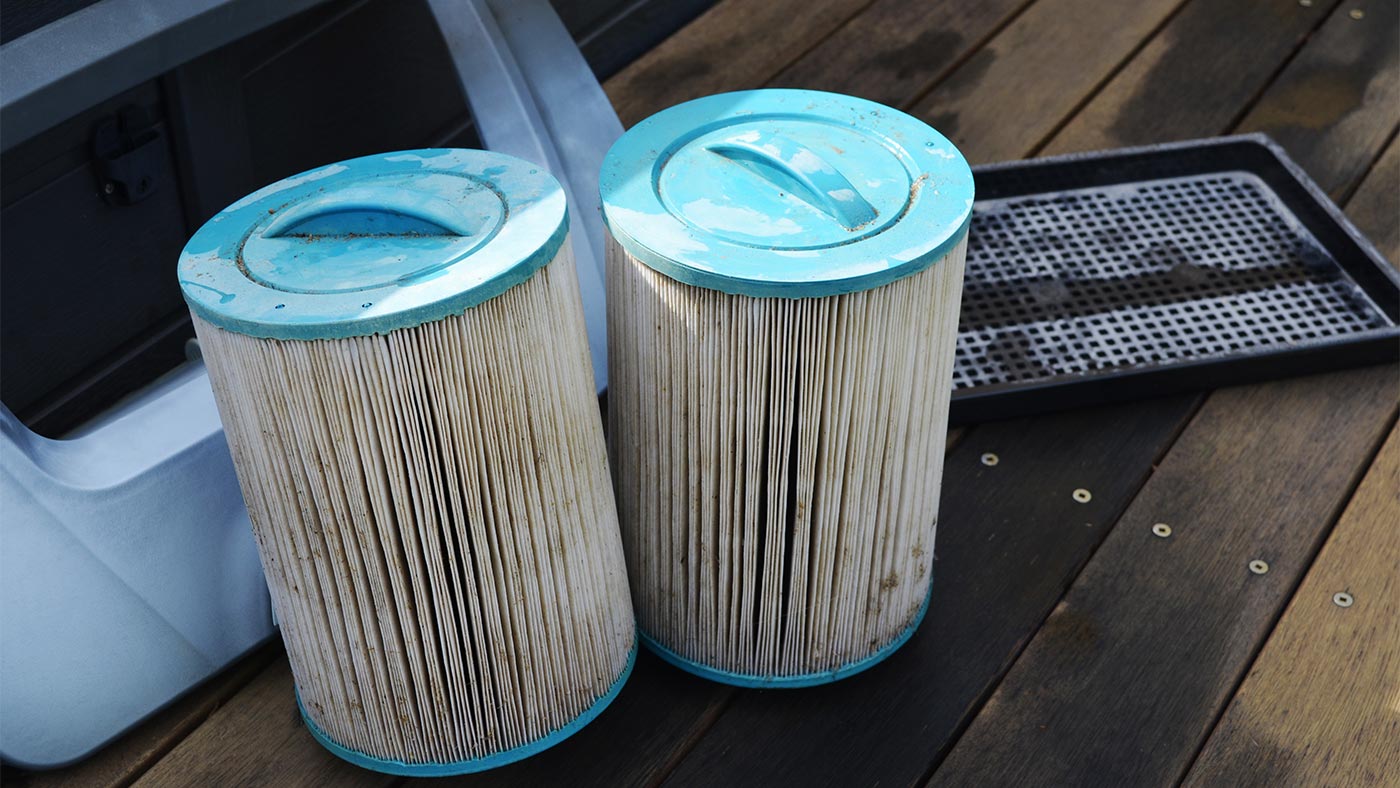
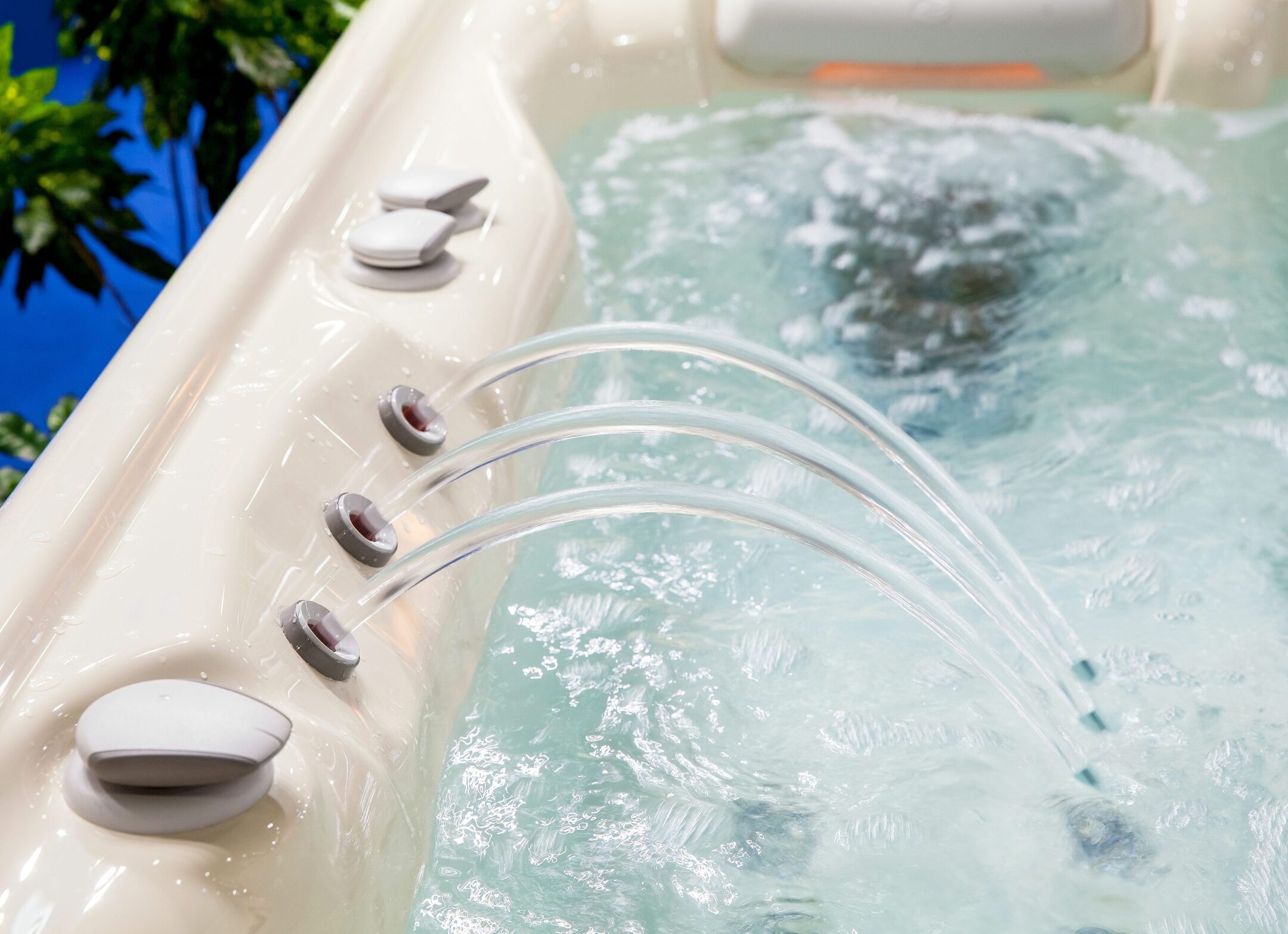
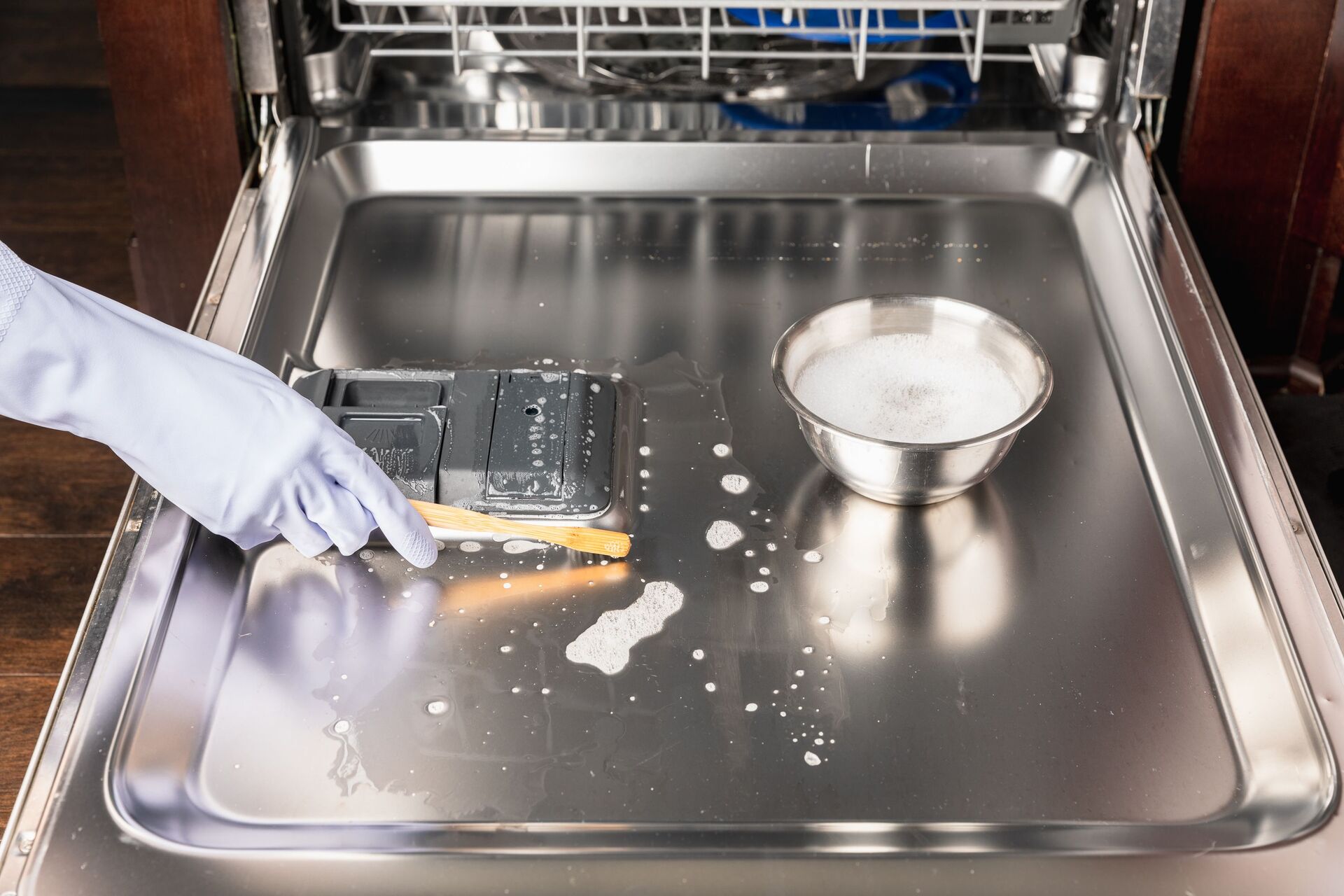
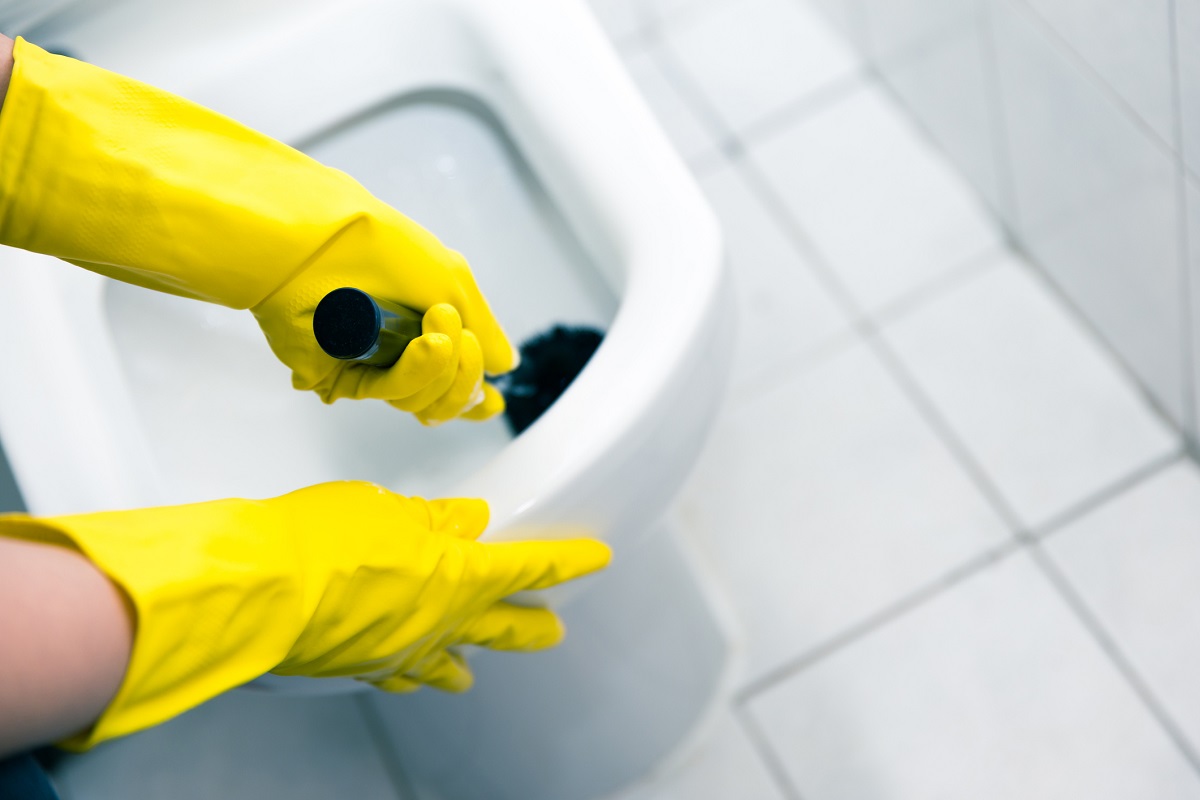
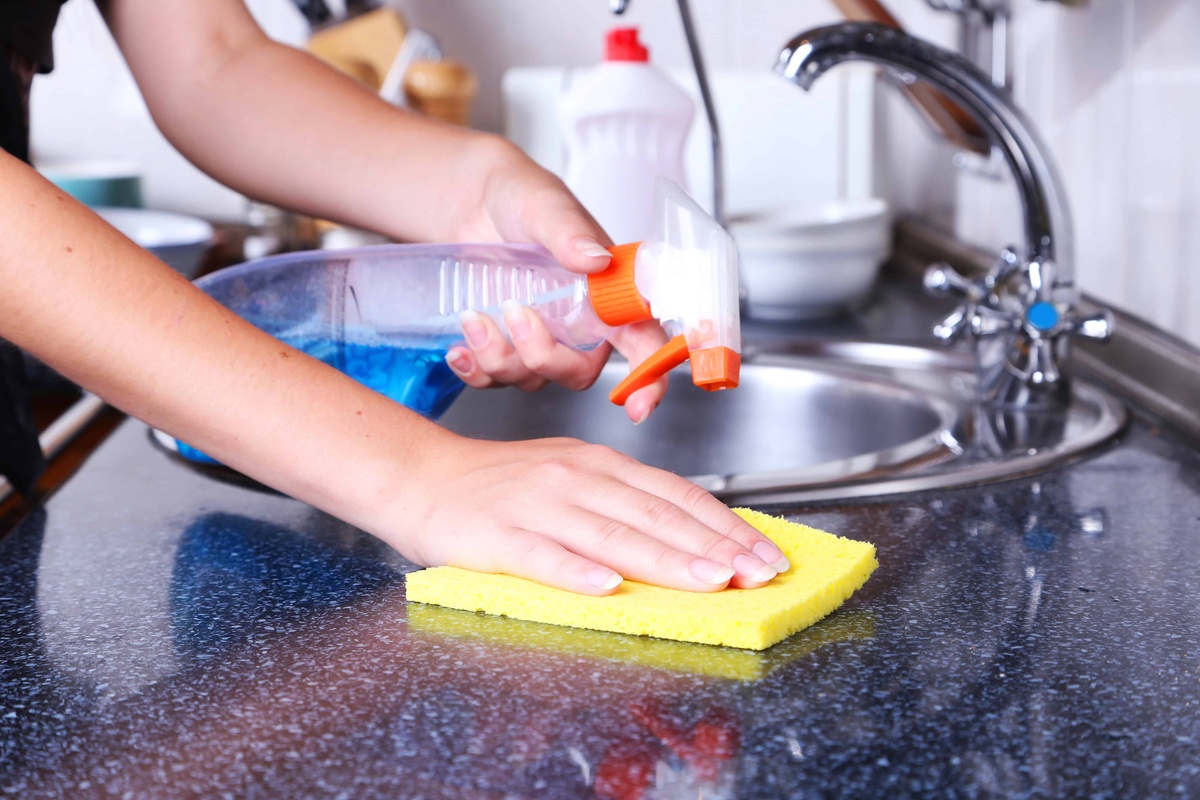
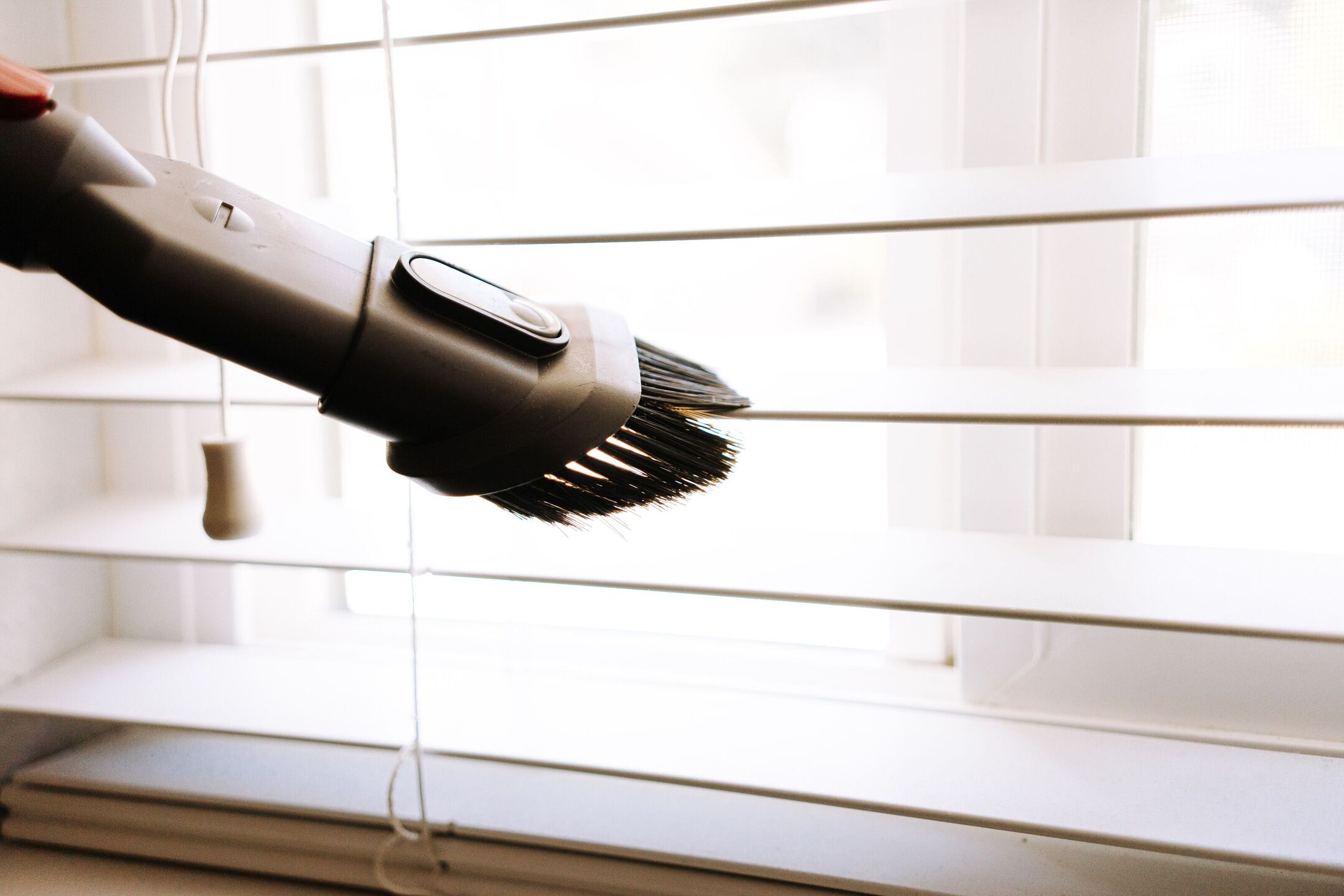
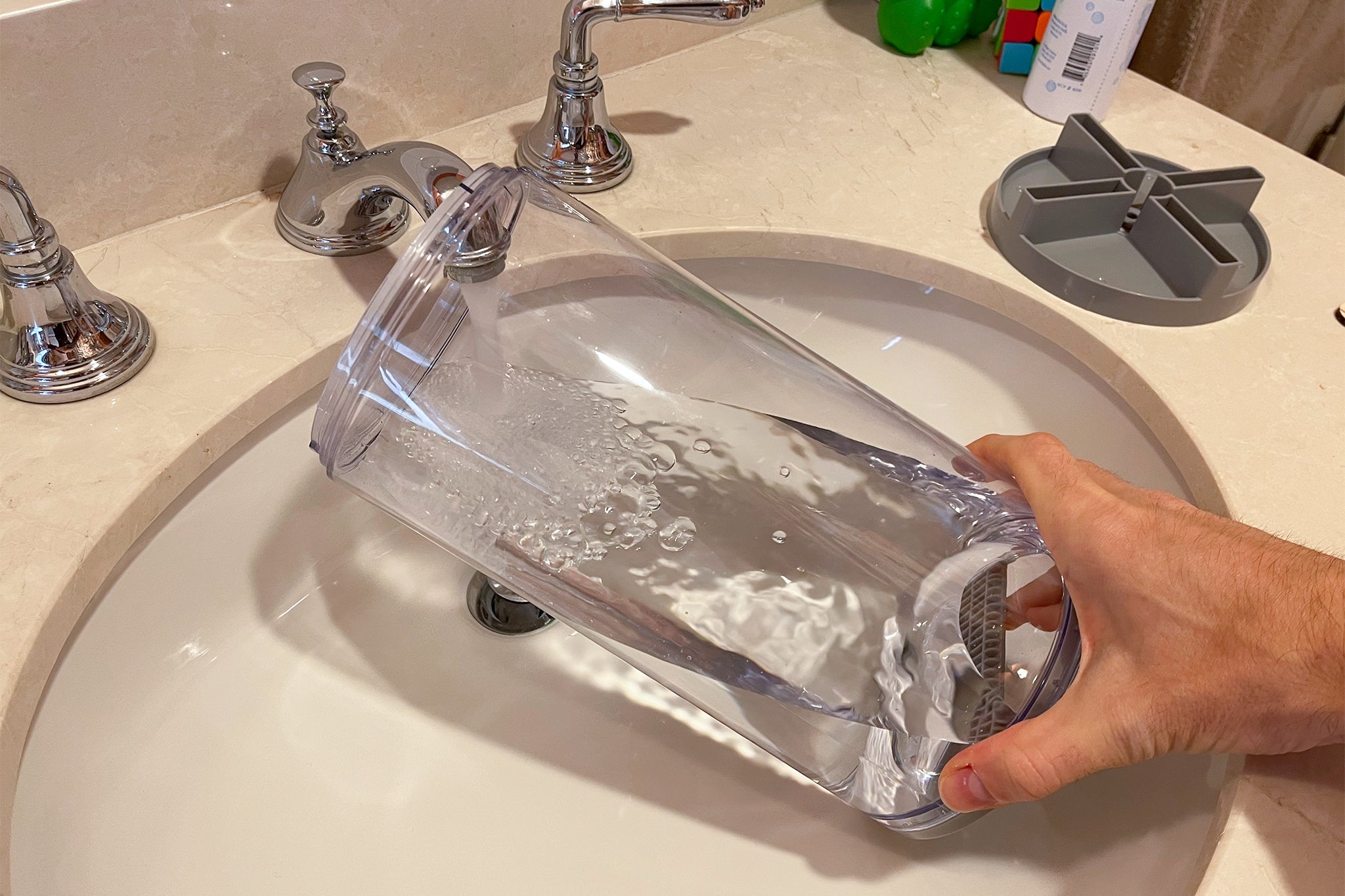

0 thoughts on “How Often Should You Clean Hot Tub Filters”